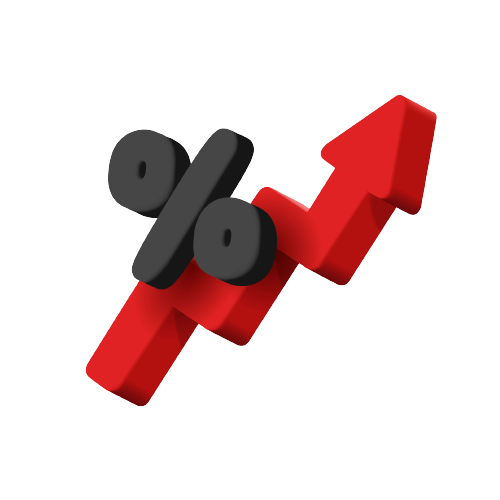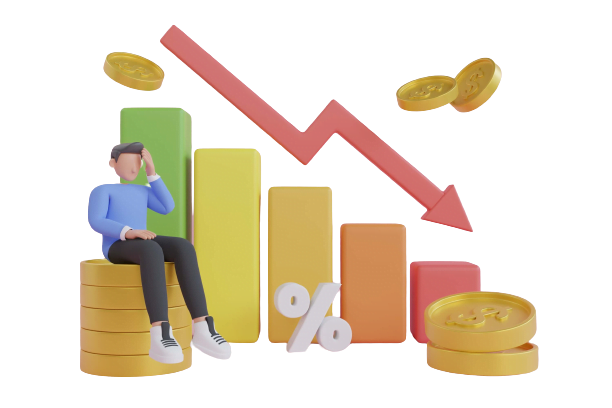Interest Rates Calendar

The interest rate calendar is a schedule or timeline that displays important dates related to interest rates, particularly changes in interest rates set by central banks or other financial institutions. It typically includes information such as dates of central bank meetings where interest rates may be reviewed or adjusted, announcements of interest rate decisions, and other events that may impact interest rates. The interest rate calendar is used by investors, financial analysts, and other market participants to stay informed about potential changes in interest rates,
which can have a significant impact on various financial instruments and markets, such as bonds, currencies, and loans. It helps them plan and make informed decisions regarding their investments or financial strategies, as changes in interest rates can affect borrowing costs, investment returns, and overall market conditions. It is an important tool for monitoring and anticipating changes in interest rates, which can have wide-ranging implications for the economy and financial markets. With this calendar, trading become easier and calculation of future forex results can reduce the risk of investment

How does an interest rates calendar work?
An interest rates calendar typically lists the scheduled dates of central bank meetings, where decisions on interest rates and monetary policy are made. It also indicates the current interest rates in place before the meeting. Traders and investors refer to the calendar to stay informed about potential changes in interest rates, which can have a significant impact on financial markets. The calendar may also provide additional details or analysis regarding the factors influencing the central bank’s decision-making process. The data gather on the calendar is very helpfull for the traders to obtain specific results on their investments.


Why is an interest rates calendar important?
An interest rates calendar is important for several reasons, including:
- Monetary Policy Impact: Changes in interest rates and monetary policy decisions made by central banks can have a significant impact on currency exchange rates, bond yields, stock markets, and other financial instruments. An interest rates calendar helps traders and investors stay informed about these potential market-moving events. Evaluating their investment and risks.
- Trading Strategy Adjustment: Traders use interest rates calendars to adjust their trading strategies in anticipation of central bank decisions. The expectations and actual outcomes of interest rate changes can influence market sentiment and volatility, and traders may adjust their positions or trading styles accordingly. They get more value on their investment.
- Economic Analysis: Interest rates decisions reflect the central bank’s assessment of the current economic conditions and outlook. By monitoring interest rate announcements, traders and economists can gain insights into the central bank’s views on inflation, economic growth, and overall monetary policy direction. The economic analysis is an evaluation factor for the traders results on their investment.
- Risk Management: Interest rate decisions can introduce or amplify risks in various asset classes. For example, changes in interest rates can affect borrowing costs, investment returns, and currency valuations. An interest rates calendar helps traders and investors assess potential risks and adjust their risk management strategies accordingly.

Can an interest rates calendar predict central bank decisions?
While an interest rates calendar provides the scheduled dates of central bank meetings, it cannot predict the outcome or decisions made by central banks with certainty. Market expectations and various economic factors influence central bank decisions, and these can change leading up to the meetings. Traders and investors analyze economic data, central bank statements, and other indicators to form expectations, but the actual decision remains uncertain until it is announced.
